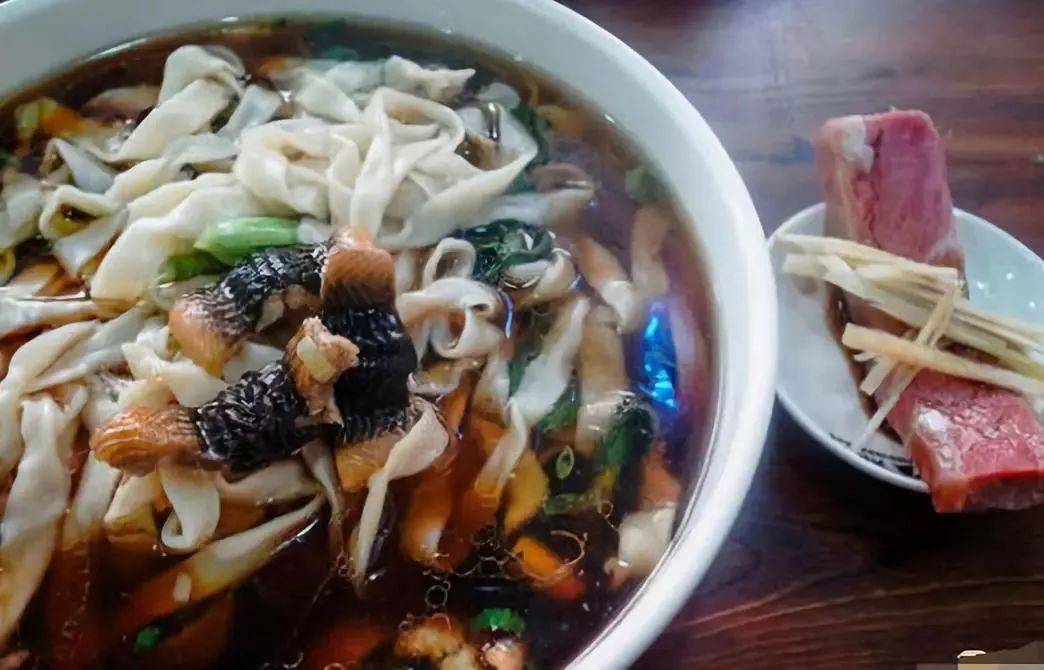For northerners, noodles are a delicacy that is almost a regular part of their diet, with characteristics such as color, aroma, taste, and texture, making them delicious and satisfying. So why is it not recommended for hypertension patients to consume them?
In fact, this mainly refers to not recommending hypertension patients to eat store-bought noodles regularly. Have you ever noticed that no matter how you make noodles at home, they never taste as good or have the same chewiness as store-bought ones? This is because most noodles available in the market, whether dry or fresh, contain a significant amount of salt and even baking soda, which contributes to their texture.
This means that chewy noodles are not necessarily good noodles, and for hypertension patients, consuming high-sodium noodles on a regular basis can worsen their condition, even increasing the risk of complications.
Furthermore, modern people tend to prefer noodles made from refined flour, which are not low in calories. Just one meal of this kind can easily exceed your calorie intake limit, leading to overnutrition and being detrimental to weight management.
Of course, noodles can still be consumed but it is advisable for hypertension patients to choose the right approach. Firstly, cook them at home so that you have control over the ingredients and can manage the salt content in the flour.
Secondly, it is suggested that hypertension patients combine coarse grains with fine grains when consuming, for example, replacing some refined flour with coarse grain flour like buckwheat flour, corn flour, rye flour, etc., to help control the calorie intake from the staple food and reduce the body’s metabolic burden.
Thirdly, noodles should be considered as the main staple and paired with a variety of vegetables such as leafy greens, mushrooms, meat, tomatoes, eggs, etc., for a well-balanced meal.
In addition to noodles, hypertension patients should also pay attention to these foods:
High-fat foods like fatty meat, pork belly, beef brisket, etc., have high calorie content which, if consumed regularly, can lead to fat accumulation in the body, increasing the risk of abdominal obesity, affecting metabolism, reducing vascular elasticity, increasing the risk of vascular blockage, and hence triggering cardiovascular diseases.
For hypertension patients who wish to consume meat, it is advised to mainly have a palm-sized portion of lean meat per day, opt for lean meats like chicken, duck, goose, seafood (fish, shellfish, shrimp, etc.), which can help the body get quality protein and meet nutritional needs.
High-sugar foods – even though hypertension patients have stable blood sugar levels, hypertension is a metabolic disorder, so they also need to be cautious with high-sugar foods. To prevent the risk of hypertension combined with diabetes, daily sugar intake should be limited to around 50g, preferably staying within the range of 25g/day, to avoid potential health risks.


